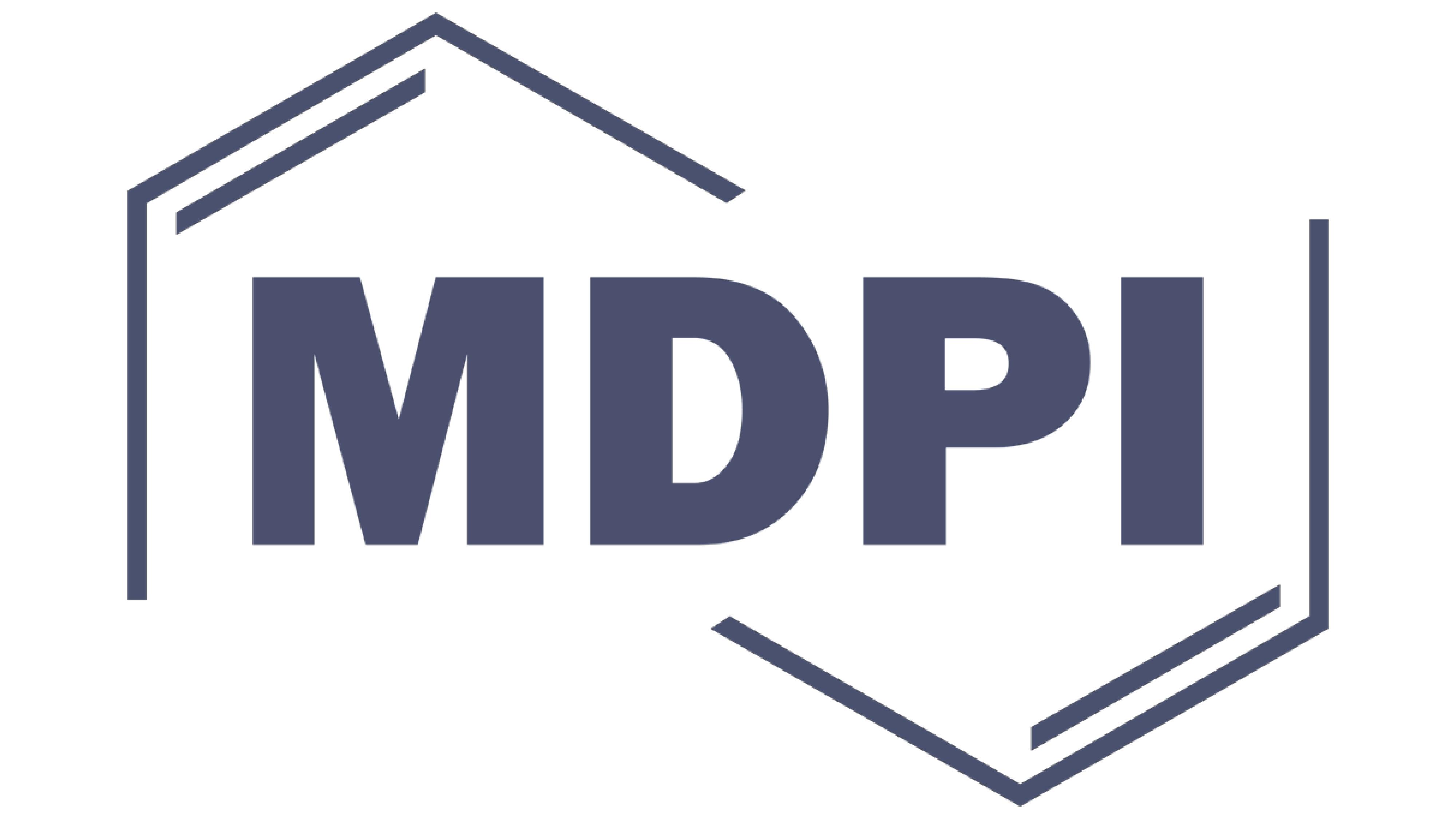
Muscle Synergies and Clinical Outcome Measures Describe Different Factors of Upper Limb Motor Function in Stroke Survivors Undergoing Rehabilitation in a Virtual Reality Environment
30 Ottobre 2021
Recent studies have investigated muscle synergies as biomarkers … Muscle Synergies and Clinical Outcome Measures Describe Different Factors of Upper Limb Motor Function in Stroke Survivors Undergoing Rehabilitation in a Virtual Reality Environment
Recent studies have investigated muscle synergies as biomarkers for stroke, but it remains controversial if muscle synergies and clinical observation convey the same information on motor impairment. We aim to identify whether muscle synergies and clinical scales convey the same information or not. Post-stroke patients were administered an upper limb treatment. Before (T0) and after (T1) treatment, we assessed motor performance with clinical scales and motor output with EMGderived muscle synergies.
We implemented an exploratory factor analysis (EFA) and a confirmatory factor analysis (CFA) to identify the underlying relationships among all variables, at T0 and T1, and a general linear regression model to infer any relationships between the similarity between the affected and unaffected synergies (Median-sp) and clinical outcomes at T0.
Clinical variables improved with rehabilitation whereas muscle-synergy parameters did not show any significant change. EFA and CFA showed that clinical variables and muscle-synergy parameters (except Median-sp) were grouped into different factors. Regression model showed that Median-sp could be well predicted by clinical scales. The information underlying clinical scales and muscle synergies are therefore different.
However, clinical scales well predicted the similarity between the affected and unaffected synergies. Our results may have implications on personalizing rehabilitation protocols.

